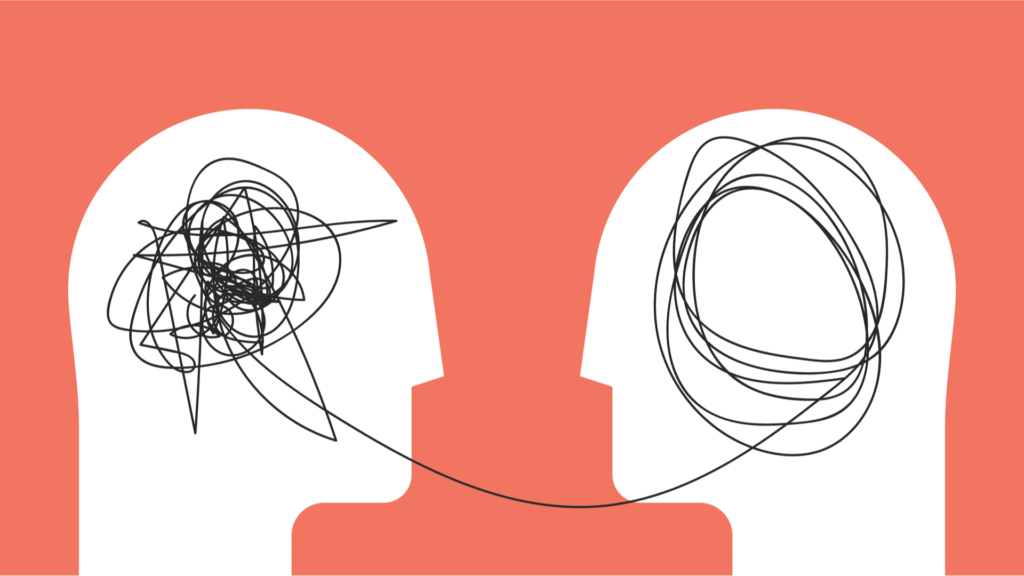Are you focusing on customer-centricity? The end user is an integral part of the development cycle. From providing user stories, to refining requirements and testing, customer validation is a must at each step of the DevOps cycle.
And yet, all too often, the developer-user relationship tends to be neglected until the last minute, resulting in user complaints and missing opportunities. This is a common and sometimes even fatal error that can result in confusion, missteps, and most importantly, user dissatisfaction. All of this can add up to straightforward mission failure—and it can happen fast.
There’s a way to avoid this dire outcome: Customer-centricity, a perspective revolving around the central importance of the customer or, in the case of mobile apps, the user. Experienced and successful teams the world over embrace customer-centricity as a core pillar of product development. And for good reason—it works.
When you adopt a customer-centric approach to development, you create a stable relationship built on respect for the end user’s needs, and you reduce the risk of miscommunication to an absolute minimum. The result is the outcome we all want: A better product and a happier customer.
What is it?
Customer-centricity is at its core a mindset that allows a team to assess and understand their target customer’s needs, perspectives, and expectations. All decisions around a product pass through this mental filter. The result is that the customer (or, in our case, user) becomes, in essence, the center of all that happens in the development process.
It’s a simple concept that can be complex in execution, and it’s not a one-size-fits all fix. There are a wide variety of ways to implement this approach but a truly customer-centric approach also means consistent recalibration based on customer-focused considerations.
For example, some companies receive feedback from customers throughout the product development process. Having the customer continuously integrated into the development process in a manner comparable to a focus group leads to continuous a pipeline of feedback that can provide valuable guidance when making tough decisions.
During such a process, the customer may raise concerns, ask for adjustments, and provide general feedback. This feedback can become a crucial ingredient in identifying the needs of customers. With this data, you and your team are then better positioned to satisfy—and even exceed—the expectations of your customers (or users, as the case may be).
Benefits
Customer-centric approaches provide a wide variety of benefits. Some of these benefits are more obvious than others, and can lead to surprising results. By way of this mindset, your team wastes less effort on approaches—such as mobile app features—that lack relevance to your user base while shifting resources toward those that your user base values.
The quickest way to identify a feature as a waste of resources is by gauging whether your customer actually have use (or, to be more specific, will actually utilize) a feature. Ask them and they’ll let you know.
Customer satisfaction and community engagement can do wonders for a company’s reputation. This is a key component of building reach via word-of-mouth and stepping over competition that has not yet identified the value of customer-centricity. If executed correctly, the result is a positive feedback loop of better customer retention and a pool of potential new clients.

Empathy
A key component to the customer-centric mindset is empathy. The Oxford English Dictionary defines empathy as follows:
Empathy, n. The ability to understand and appreciate another person’s feelings, experience, etc.
By way of empathy, you and your team put yourself in the place of the user, and attempt to understand a user’s needs, desires, and goals. In the world application design, there’s been a major shift through the years that places intense emphasis on user experience. As we put it in a recent Sofy blog entry:
Way back during the primordial dawn of software development, the very first applications consisted of a set of functions intended for calculating numeric data. These were built around a simple cycle of information input, processing, and output. Back then, programmers were focused entirely on the accuracy of formulae rather than the need to create eye-pleasing interfaces and themes.
Today, almost half a century later, software is not just a set of sequential instructions. It is now a cognitive space where users rely heavily on application design.
Getting design right is today more crucial than ever, and design decisions must be made with an empathetic, customer-centric mindset if one can expect users to have the best possible user experience. Ask yourself, if I were the user, would this make sense to me? Where would I encounter an issue?
Avoiding poor user experiences
When it comes to mobile app design, when something doesn’t work as intended, that’s a big problem for the customer-centricity. Today’s users are more technologically savvy than any generation before them and they expect apps to run flawlessly. That’s where testing comes in.
As we’ve discussed before on this blog, the quickest way to ruin user experience is by poor testing. Unfortunately, as apps become more complicated and as users expect more from them, this makes for a particularly tricky problem to solve. Poor user experience can have a tremendously damaging impact on retaining users.
For example, a 2022 study conducted by Emplifi found that 49% of consumers have left a brand in the past year due to poor customer experience and that 86% of consumers would leave a brand after as few as two poor experiences. Those are huge numbers—and it’s easy to see why. I’m sure we can all think back to times we’ve had very negative experiences with companies and simply avoided them thereafter.
Often, these scenarios can be simply be avoided with a little more care, consideration, and, yes, customer-centricity.
What’s the solution?
In the modern software development world, this means that an app should not only be informed by user feedback in the DevOps cycle but it should also be as flawless as possible when it reaches the market and users begin to interact with it. Historically, this has been especially difficult to achieve, and many an app has suffered from poor testing before launch.
This two-pronged approach to ensures that you and your team are in fact producing material that is of interest and useful to your intended audience combined with delivering an issue-free product is key to achieving customer-centricity. Whenever possible, development teams benefit from a shift left, bringing not only testing but also user feedback into the DevOps cycle as early possible, and acting on it accordingly.
Until recently, mobile app testing was a tough nut to crack, but the last few years have brought waves of dramatic changes and innovations. One of these changes is the advent of the No-Code Revolution, including the appearance of Sofy. With Sofy’s automated no-code mobile app testing approach, you and your team can harness the confidence of testing with real devices, and without the need for any knowledge of code, saving you time and resources while also gaining the many benefits that come with a customer-centric mindset.









